PPT-Chapter 9 The Constitution: A More Perfect Union
Author : trish-goza | Published Date : 2018-10-31
I can explain how the Constitution created a more perfect Union Three Branches of Government Rap httpwwwyoutubecomwatchvZCB8EOY5d48 School House Rock Preamble httpwwwyoutubecomwatchv30OyU4O80i4
Presentation Embed Code
Download Presentation
Download Presentation The PPT/PDF document "Chapter 9 The Constitution: A More Perf..." is the property of its rightful owner. Permission is granted to download and print the materials on this website for personal, non-commercial use only, and to display it on your personal computer provided you do not modify the materials and that you retain all copyright notices contained in the materials. By downloading content from our website, you accept the terms of this agreement.
Chapter 9 The Constitution: A More Perfect Union: Transcript
Download Rules Of Document
"Chapter 9 The Constitution: A More Perfect Union"The content belongs to its owner. You may download and print it for personal use, without modification, and keep all copyright notices. By downloading, you agree to these terms.
Related Documents

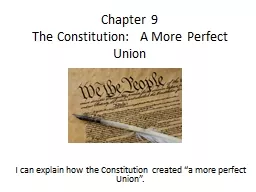
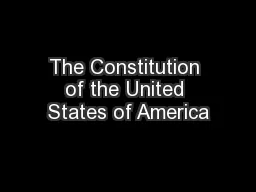
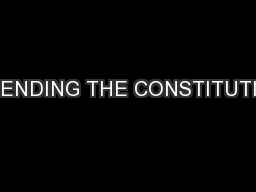
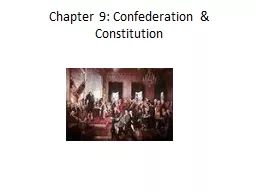
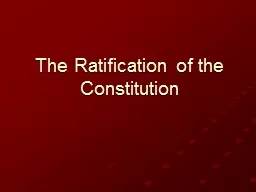
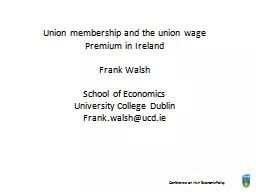
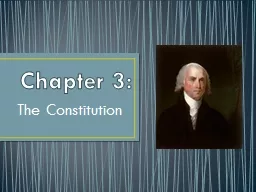
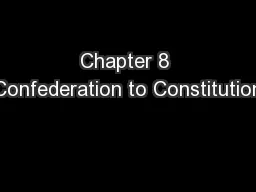
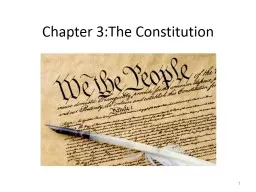

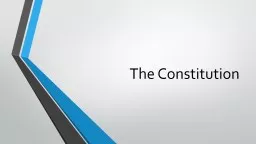

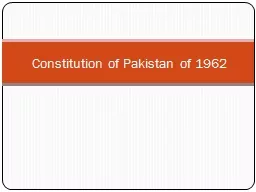
![[PDF] DOWNLOAD The People’s Constitution: 200 Years, 27 Amendments, and the Promise](https://thumbs.docslides.com/1020282/pdf-download-the-people-s-constitution-200-years-27-amendments-and-the-promise-of-a-more.jpg)